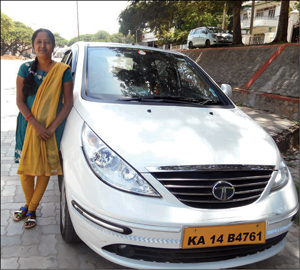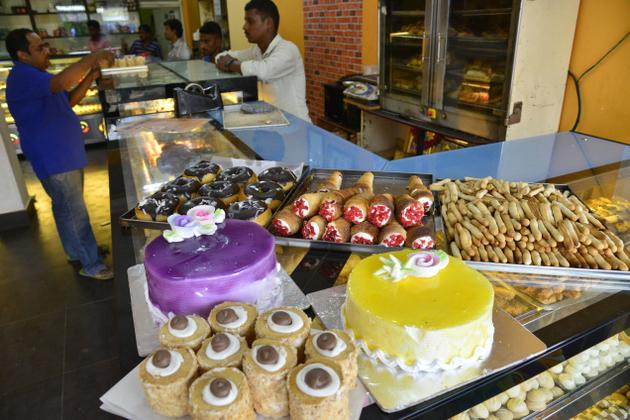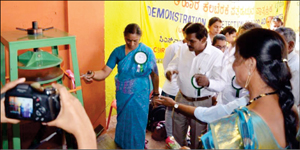Mangaluru:
With China increasingly looking towards India to meet growing demand for areca nut back home, the Central Arecanut and Cocoa Marketing and Processing Cooperative (Campco) Ltd will export two metric tonnes of tender areca nut in the first week of August.
The husk of tender nut is used widely in China to make mouth freshener and other edible items after due processing there.
As per a memorandum of understanding between Campco management and Kou Wei Wang (King of Taste), the Chinese company will depute its experts to the Puttur unit of the multi-state cooperative in the second week of July. The experts will impart training on processing and standardization of products of their requirement, said Konkodi Padmanabha, former president of Campco, who was part of a three-member delegation that visited China last week.
Padmanabha said as per a Campco study, areca nut is grown to the tune of 1.22 lakh tonnes in Hunan province of China annually. “There are around 20 manufacturers of areca nut mouth fresheners across China. Nine out of 26 states in China use mouth fresheners made out of tender areca nut, and the agreement (with Kou Wei Wang) could well open the doors for more imports of the raw material there,” he said.
Noting that the Hunan-based company has capacity to supply only to nine states and is unable to give to the rest due to the lack of raw material, he said the company is producing high-standard value added products compared to other companies that produce areca nut products of different standard. “We will collect data on (other) companies and also meet their demand for all varieties of areca nut grown in India at a future date as and when they raise a demand,” he added.
Suresh Bhandary, managing director, said Kou Wei Wang has indicated its preference for the first quality areca nut for their needs and have indicated a price of Rs 350-400/kg. This will be a good rate for the growers and also provide them financial back up in the eventuality of courts in India banning supari and gutka completely, he said. Further exports depends on how the first consignment due for exports in August is received there.
S R Satish Chandra, president, the Campco Ltd, said, “Demand for areca nut far outweighs domestic production in China. In future, Chinese companies may set up their mouth freshener producing units in India itself.”
Suresh Bhandary, MD, the Campco Ltd, said, “Tender areca nut is boiled for one hour and then dried. Chinese companies have the machines needed for the process. If Kou Wei Wang wants some modification to the machine we have, Campco will do so.”
source: http://www.timesofindia.indiatimes.com / The Times of India / News Home> City> Mangalore / Jaideep Shenoy / TNN / June 22nd, 2016






